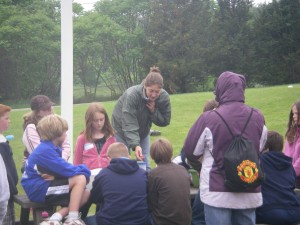From Seals to Snails: Understanding Eelgrass

Originally appears in the Winter 2009-2010 issue
Visits to much of North America’s coastline involve splashing in clear ocean waters, strolling along sheltered beaches and indulging in local seafood delicacies. While you are enjoying these offerings, clams slowly burrow downward in the wet sand beneath your toes. Near the mouth of a nearby stream flowing into the estuary a great blue heron methodically hunts. Farther out, by a distant rock, a harbor seal plays. And holding this moment together? Swaying unassumingly, just below the waterline, is eelgrass. A simple gaze at this innocuous plant does little justice to the important role that eelgrass has come to play in estuaries and coastal waters.
Along the coastlines from eastern Canada down to North Carolina, and from British Columbia to California,1 eelgrass plays the critical role of supporting the tremendous weight of a coastal food web. The plant, ranging from only a few centimeters to over two meters tall, is responsible for improving and maintaining water clarity,2 reducing wave energy and slowing water currents,3 providing food for small invertebrates, and creating shelter for juvenile fish species, many of which are commercially important.4
Despite its important roles in coastal ecosystems, eelgrass is in decline throughout its distribution area. This decline is commonly attributed to nutrient and sediment loading5 associated with shoreline development. The following provides background information for teachers and activities that focus on the protective role of eelgrass (Predator Snapshot), the complexities involved in cleaning up polluted watersheds (Clean up the Bay!), the effects of environmental stressors on eelgrass function (Stressful Situation!) and the effects of declining eelgrass populations on fish (Habitat Hopscotch).
This content is restricted to subscribers only.
If you are not yet a subscriber, please consider taking out a subscription here.
If you are an existing subscriber, kindly log in or contact us at info@greenteacher.com for more information.





